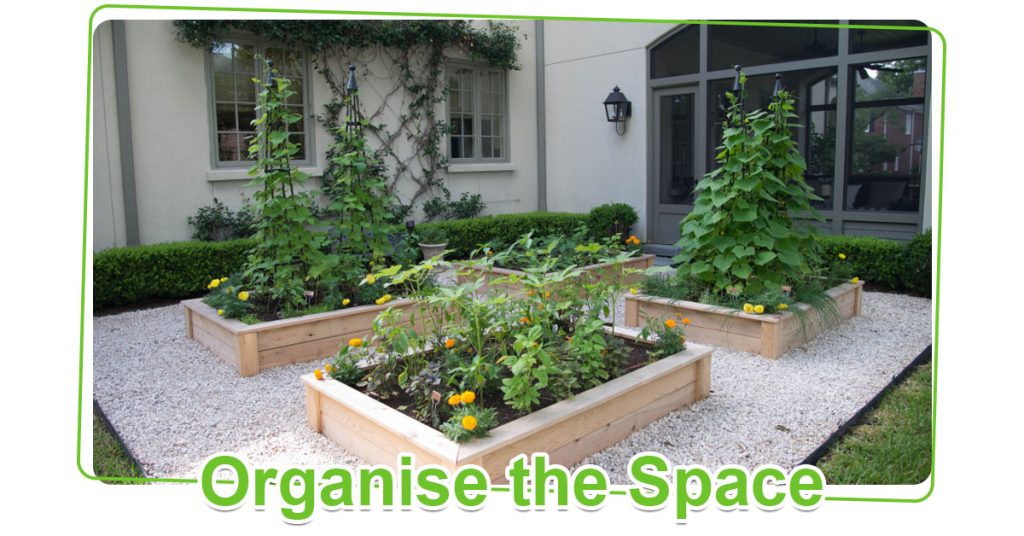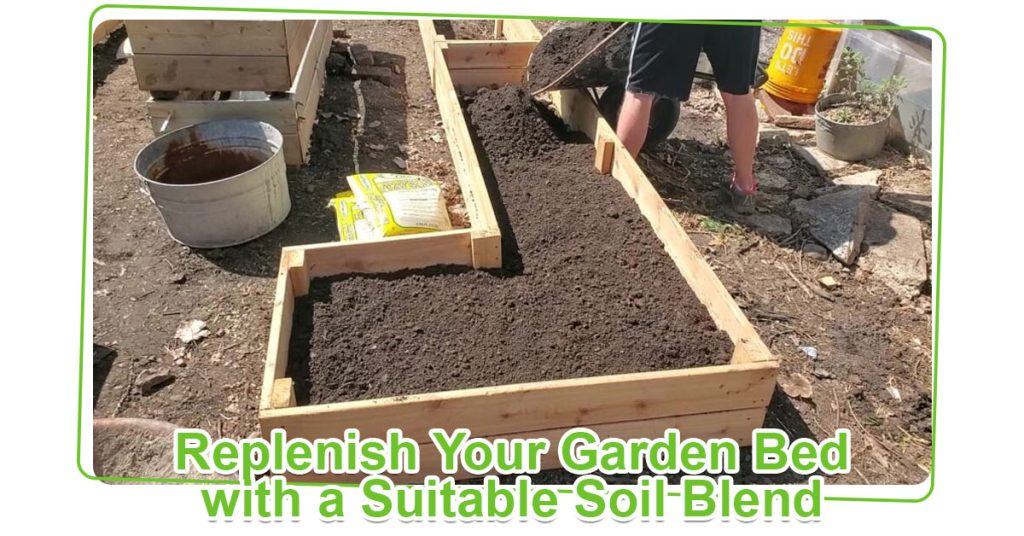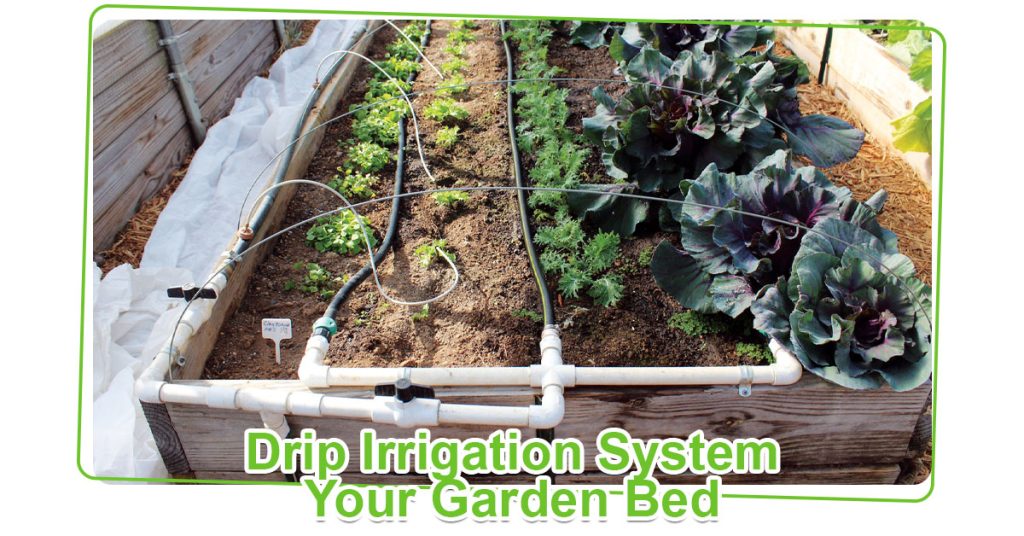Gardening is also good for your health, and having a gardening bed helps you cultivate your favorite fruits, vegetables, and flowers. You can cultivate any of these in the most favorable soil right in your backyard.
A gardening bed will go a long way to keep insects and weeds from infesting your plants; it will also add elegance to your outdoor space. We understand that building a gardening bed can be stressful and demanding. And you might be wondering how you can go about building yours. That is why we have put up this article to enable you to construct one yourself.
In this article, we will provide you with helpful guides on how to build yours.
Table of Contents
Steps to Building a Gardening Bed
Building a gardening bed is not a hard operation; it is something you can do even with little or no knowledge. Below are the steps to building a gardening bed.
1. Select a Suitable Locale

The first step to making a garden bed is to select a suitable locale. While doing this, ensure you find a locale that is not far from your major water source and also a local that gets enough sun.
Ensure that your garden bed area is vast enough to hold a rectangular plot with the lengthy side moving east to west. Choosing a good locale will ensure that your seeds receive enormous sun without shadowing each other.
2. Choose a Size

The next step after choosing the location is to choose the size of your garden bed. The garden bed can be as long as your area permits. Let the small side be around four feet so you can grow your garden effortlessly from any of the sides.
3. Choose Your Equipment
Preparing a garden bed requires various pieces of equipment such as wood, bricks, concrete blocks, etc. We recommend you use safe woods such as cypress and redwood; though they might be costly, they stay for a very long time.
There is also other wood, like pine, which can be used in place of the woods above. But they do not last for long; they rot too soon.
Note: do not use salvaged wood that has been preserved with toxins such as creosote to avoid contaminating the fruits or vegetables that are planted in the garden.
4. Organise the Space

Organizing the space for your garden bed is another step if you intend to make your bed in the middle of your garden, then ensure to make use of a terrain material and plastic sheeting to enclose the garden bed.
After that, leave it for six weeks to get rid of the grass. Then, break up and ease the soil and get rid of any seed roots in the path using a garden fork.
| Component | Description |
|---|---|
| Location | Choose a sunny spot with 6-8 hours of sunlight for most plants. Consider the proximity to water sources. |
| Size and Shape | Typical dimensions are 4’x8′ or 4’x4′ for accessibility. Shape can be rectangular, square, or custom to fit your space. |
| Materials | Common choices include cedar, redwood, or composite wood for longevity. Avoid pressure-treated wood for edibles. |
| Soil Quality | Use a well-draining, loamy soil mix rich in organic matter, such as compost, to ensure good root development. |
| Weed Barrier | Lay down a weed barrier like newspaper or cardboard to prevent weeds from growing up into the bed. |
| Irrigation System | Install a drip irrigation system or soaker hoses for efficient and consistent watering. |
| Raised or In-Ground | Decide whether you want a raised bed (higher off the ground) or an in-ground bed based on your needs and space. |
| Crop Rotation | Plan for crop rotation to avoid soil depletion and disease buildup over time. |
| Companion Planting | Consider companion planting to deter pests and enhance plant growth. |
| Mulching | Apply mulch to conserve moisture, regulate soil temperature, and suppress weeds. |
| Fertilization | Use organic fertilizers or compost to provide essential nutrients for plant growth. |
| Pest Control | Implement integrated pest management (IPM) techniques to control pests naturally. |
| Support Structures | Add trellises, cages, or stakes for vining and tall plants like tomatoes, cucumbers, and beans. |
| Accessibility | Ensure the bed’s height and layout are accessible for easy planting, weeding, and harvesting. |
| Protection from Wildlife | Install fencing or netting to protect your crops from animals like rabbits, deer, and birds. |
| Maintenance | Regularly inspect and maintain your garden bed, checking for pests, diseases, and soil quality. |
5. Assemble the Suitable Equipment and Materials
Get all the proper materials and tools that are needed to make your garden bed. Then begin work; first, ensure you have a drill, woodworking pins, a level, and a mallet.
Make sure a wheelbarrow is handy to enable you to throw away the dirt as you make the location and replenish the completed bed with mud.
For the sides of your garden bed, make use of 2×6 or 2×12 boards, and for the corner supports, use a 4×4. You can purchase a box of 3-and-a-half-inch layer screws to tighten your structural equipment jointly.
6. Set Up Your Garden Bed

It’s now time to build your garden bed; ensure that you build your bed close to the location but not on the exact space itself. Then, organize the boards in the broad form of your bed, positioning a 4×4 post at each nook to function as an anchoring post.
Next, keep your garden bed upside down; this is to enable the anchoring part of each of the posts to grow above the boards.
Do this while building each side of the bed one at a time. Then, fasten the boards to each of the posts and tighten them jointly. Once you are done establishing your garden bed, go ahead and dig an anchor hole for your posts. Fill the bed over to be in its normal position and make sure that each of the posts is fitted into each spot.
Lastly, using the mallet, balance the garden bed by patting each of the corners into the supposed position.
7. Replenish Your Garden Bed with a Suitable Soil Blend

After making your garden bed, then select an excellent soil blend that will be suitable for your plants. Make sure the soil blend is suitable for your plants. This is to enable the plant to grow healthy.
Begin with the mixing of the topsoil and manure, then add soil improvements to optimize PH, nitrogen degree, and drainage.
8. Establish an Irrigation Technique

After building and filling your garden bed, the next thing to do is to choose an irrigation system. That is how to water the garden bed; you can decide to use any of the major irrigation options. Like drip irrigation, it is very costly but needs small or no work once it has been set up.
Also, building your garden bed near your water source will make watering your garden bed stress-free and easier.
9. Maintaining Your Garden Bed
This is very important in building your garden bed to care for the plants for proper growth.
Ensure always to weed unwanted plants and pests to avoid them dominating. Also, always fill up the bed with soil amendments so the plants can be in good health and condition.
Frequently Asked Questions [FAQs]
1. What Are The Basic Steps Of Making A Garden Bed?
The rule of thumb in making a garden bed is to work on moist, not wet soil. Add 2 to 3 inches of compost and turn it into the bed. Finally, use a 3 to 4 inch thick layer of mulch to cover the bed.
2. What Kind Of Wood Should I Use For Raised Beds?
Often, cedar is known to be the best wood for a garden bed. That’s because cedar is naturally resistant to rot. Oak, berry cherry, black locust, and redwood or Osage orange are also great options.
3. What Are The Disadvantages Of Raised Garden Beds?
Most people find the fact that a raised bed garden requires much watering as a disadvantage, but it isn’t. Planting crops, whether on a raised bed or a natural bed, requires watering.
4. How Deep Should A Raised Garden Bed Be?
A raised bed garden should have at least 8 inches of soil depth to accommodate the root systems of plants. That’s because the majority of plant roots require 6 – 8 inches of soil for healthy root growth. A depth of 8 – 12 inches will suffice for most gardening situations.
Wrap Up!
There are many ways to build a garden bed, depending on what you want. All you have to do is stick to a pattern that works for you, and the rest is history. If your gardening does poorly the first time, try again. Shortly, you will know what works for your plant.

